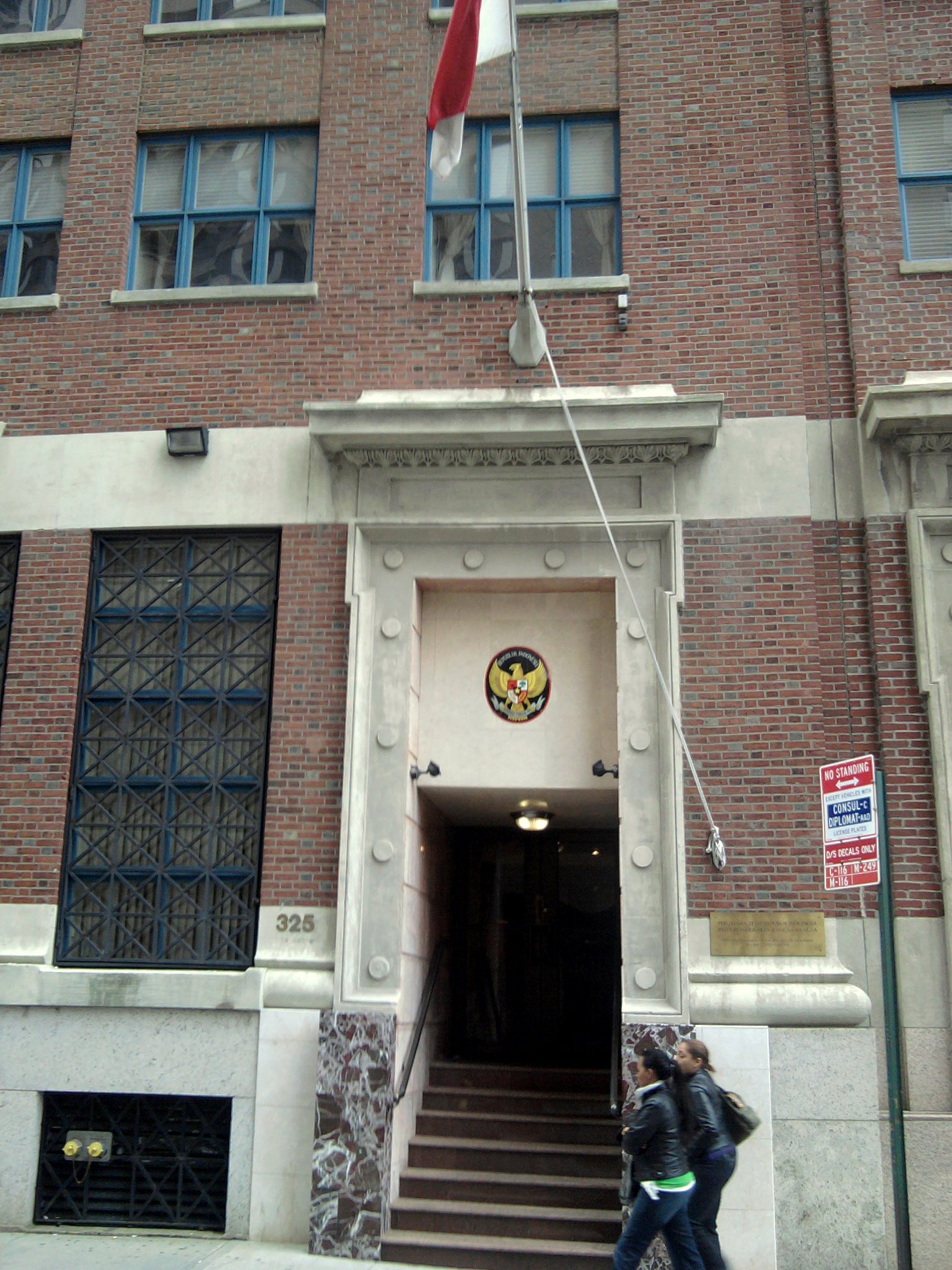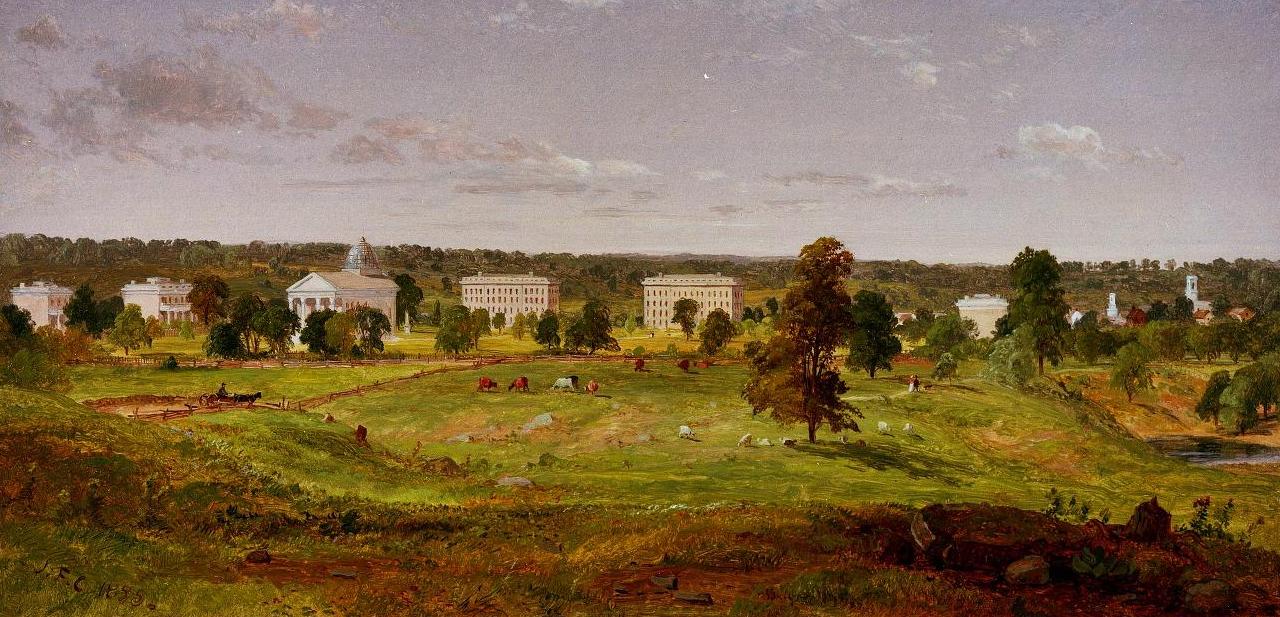|
United Nations General Assembly Resolution 491
United Nations General Assembly Resolution 491 was adopted on 28 September 1950 for the admission of Republic of Indonesia to the United Nations. Accordingly to the recommendation by the United Nations Security Council Resolution 86, two days before the 289th UN General Assembly meeting, in which 10 countries voted for the admission of Indonesia meanwhile China abstained from the voting. Indonesia became the 60th member of United Nations until it withdrew in 1965 and established its own intergovernmental organization known as CONEFO, and rejoined in 1966. See also *Indonesia and the United Nations *United Nations Security Council Resolution 86 Reference Text of the UNGA Resolutions at undocs.org* {{United Nations 491 __NOTOC__ Year 491 ( CDXCI) was a common year starting on Tuesday (link will display the full calendar) of the Julian calendar. At the time, it was known as the Year of the Consulship of Olybrius without colleague (or, less frequently, year 1 ... 1950 in ... [...More Info...] [...Related Items...] OR: [Wikipedia] [Google] [Baidu] |
Indonesia
Indonesia, officially the Republic of Indonesia, is a country in Southeast Asia and Oceania between the Indian and Pacific oceans. It consists of over 17,000 islands, including Sumatra, Java, Sulawesi, and parts of Borneo and New Guinea. Indonesia is the world's largest archipelagic state and the 14th-largest country by area, at . With over 275 million people, Indonesia is the world's fourth-most populous country and the most populous Muslim-majority country. Java, the world's most populous island, is home to more than half of the country's population. Indonesia is a presidential republic with an elected legislature. It has 38 provinces, of which nine have special status. The country's capital, Jakarta, is the world's second-most populous urban area. Indonesia shares land borders with Papua New Guinea, East Timor, and the East Malaysia, eastern part of Malaysia, as well as maritime borders with Singapore, Vietnam, Thailand, the Philippines, Australia, Palau, an ... [...More Info...] [...Related Items...] OR: [Wikipedia] [Google] [Baidu] |
United Nations
The United Nations (UN) is an intergovernmental organization whose stated purposes are to maintain international peace and security, develop friendly relations among nations, achieve international cooperation, and be a centre for harmonizing the actions of nations. It is the world's largest and most familiar international organization. The UN is headquartered on international territory in New York City, and has other main offices in Geneva, Nairobi, Vienna, and The Hague (home to the International Court of Justice). The UN was established after World War II with the aim of preventing future world wars, succeeding the League of Nations, which was characterized as ineffective. On 25 April 1945, 50 governments met in San Francisco for a conference and started drafting the UN Charter, which was adopted on 25 June 1945 and took effect on 24 October 1945, when the UN began operations. Pursuant to the Charter, the organization's objectives include maintaining internationa ... [...More Info...] [...Related Items...] OR: [Wikipedia] [Google] [Baidu] |
Location Indonesia 1957
In geography, location or place are used to denote a region (point, line, or area) on Earth's surface or elsewhere. The term ''location'' generally implies a higher degree of certainty than ''place'', the latter often indicating an entity with an ambiguous boundary, relying more on human or social attributes of place identity and sense of place than on geometry. Types Locality A locality, settlement, or populated place is likely to have a well-defined name but a boundary that is not well defined varies by context. London, for instance, has a legal boundary, but this is unlikely to completely match with general usage. An area within a town, such as Covent Garden in London, also almost always has some ambiguity as to its extent. In geography, location is considered to be more precise than "place". Relative location A relative location, or situation, is described as a displacement from another site. An example is "3 miles northwest of Seattle". Absolute location An absolute ... [...More Info...] [...Related Items...] OR: [Wikipedia] [Google] [Baidu] |
United Nations General Assembly Resolution
A United Nations General Assembly resolution is a decision or declaration voted on by all member states of the United Nations in the General Assembly. General Assembly resolutions usually require a simple majority (50 percent of all votes plus one) to pass. However, if the General Assembly determines that the issue is an "important question" by a simple majority vote, then a two-thirds majority is required; "important questions" are those that deal significantly with the maintenance of international peace and security, admission of new members to the United Nations, suspension of the rights and privileges of membership, the expulsion of members, operation of the trusteeship system, or budgetary questions. Although General Assembly resolutions are generally non-binding towards member states, internal resolutions may be binding on the operation of the General Assembly itself, for example with regard to budgetary and procedural matters. Notable General Assembly resolutions *194 ... [...More Info...] [...Related Items...] OR: [Wikipedia] [Google] [Baidu] |
United Nations Security Council Resolution 86
United Nations Security Council Resolution 86, adopted on September 26, 1950, having found that the Republic of Indonesia was a peace-loving State which fulfilled the conditions laid down in Article 4 of the United Nations Charter, the Council recommended that the UN General Assembly admit the Republic of Indonesia to membership in the United Nations. The resolution was adopted with ten votes; the Republic of China abstained from voting. See also * List of United Nations member states * List of United Nations Security Council Resolutions 1 to 100 (1946–1953) *United Nations General Assembly Resolution 491 United Nations General Assembly Resolution 491 was adopted on 28 September 1950 for the admission of Republic of Indonesia to the United Nations. Accordingly to the recommendation by the United Nations Security Council Resolution 86, two days befor ... ReferencesText of the Resolution at undocs.org External links * {{UNSCR 1950 0086 Liberal democracy period in Ind ... [...More Info...] [...Related Items...] OR: [Wikipedia] [Google] [Baidu] |
CONEFO
The Conference of the New Emerging Forces (CONEFO) was an effort by President Sukarno of Indonesia to create a new bloc of "emerging countries" that would be an alternative power centre to the United Nations and to the "old-established forces"—a category in which Sukarno included both the United States and the Soviet Union. It was intended to build on the legacy of the 1955 Bandung Conference and assert the interests of the Third World and a neutral posture towards the Cold War. To host CONEFO, Indonesia constructed a new building complex in Jakarta with the financial aid of People's Republic of China. Since CONEFO never met, the complex – now called DPR/MPR Building – now houses the Indonesian national parliament. CONEFO was officially established on 7 January 1965, after Sukarno's government objected to Malaysia becoming a non-permanent member of the UN Security Council at a time when Indonesia had declared a low-level conflict called konfrontasi (confrontation) a ... [...More Info...] [...Related Items...] OR: [Wikipedia] [Google] [Baidu] |
Indonesia And The United Nations
Indonesia officially became the 60th member of the United Nations on 29 September 1950, in accordance with the United Nations Security Council Resolution 86 two days before, and the United Nations General Assembly resolution number A/RES/491 (V) on the "admission of the Republic of Indonesia to membership in the United Nations", less than one year after the independence of Indonesia's by the Netherlands at the Dutch–Indonesian Round Table Conference in the Hague (23 August – 2 November 1949). Diplomatic representation Indonesia has two permanent diplomatic missions to the UN in New York City and Geneva. These missions are headed by a Permanent Representative and an Ambassador. The Government of the Republic of Indonesia appointed Lambertus Nicodemus Palar as the first Permanent Representative to the United Nations. Palar had played a major role in efforts for the international recognition of the independence of Indonesia at the time of the conflict with the Netherlands in 19 ... [...More Info...] [...Related Items...] OR: [Wikipedia] [Google] [Baidu] |
University Of Michigan
, mottoeng = "Arts, Knowledge, Truth" , former_names = Catholepistemiad, or University of Michigania (1817–1821) , budget = $10.3 billion (2021) , endowment = $17 billion (2021)As of October 25, 2021. , president = Santa Ono , provost = Laurie McCauley , established = , type = Public research university , academic_affiliations = , students = 48,090 (2021) , undergrad = 31,329 (2021) , postgrad = 16,578 (2021) , administrative_staff = 18,986 (2014) , faculty = 6,771 (2014) , city = Ann Arbor , state = Michigan , country = United States , coor = , campus = Midsize City, Total: , including arboretum , colors = Maize & Blue , nickname = Wolverines , sp ... [...More Info...] [...Related Items...] OR: [Wikipedia] [Google] [Baidu] |
United Nations General Assembly Resolutions
A United Nations General Assembly resolution is a decision or declaration voted on by all member states of the United Nations in the General Assembly. General Assembly resolutions usually require a simple majority (50 percent of all votes plus one) to pass. However, if the General Assembly determines that the issue is an "important question" by a simple majority vote, then a two-thirds majority is required; "important questions" are those that deal significantly with the maintenance of international peace and security, admission of new members to the United Nations, suspension of the rights and privileges of membership, the expulsion of members, operation of the trusteeship system, or budgetary questions. Although General Assembly resolutions are generally non-binding towards member states, internal resolutions may be binding on the operation of the General Assembly itself, for example with regard to budgetary and procedural matters. Notable General Assembly resolutions *194 ... [...More Info...] [...Related Items...] OR: [Wikipedia] [Google] [Baidu] |
1950 In Indonesia
Year 195 ( CXCV) was a common year starting on Wednesday (link will display the full calendar) of the Julian calendar. At the time, it was known as the Year of the Consulship of Scrapula and Clemens (or, less frequently, year 948 '' Ab urbe condita''). The denomination 195 for this year has been used since the early medieval period, when the Anno Domini calendar era became the prevalent method in Europe for naming years. Events By place Roman Empire * Emperor Septimius Severus has the Roman Senate deify the previous emperor Commodus, in an attempt to gain favor with the family of Marcus Aurelius. * King Vologases V and other eastern princes support the claims of Pescennius Niger. The Roman province of Mesopotamia rises in revolt with Parthian support. Severus marches to Mesopotamia to battle the Parthians. * The Roman province of Syria is divided and the role of Antioch is diminished. The Romans annexed the Syrian cities of Edessa and Nisibis. Severus re-establish his ... [...More Info...] [...Related Items...] OR: [Wikipedia] [Google] [Baidu] |


